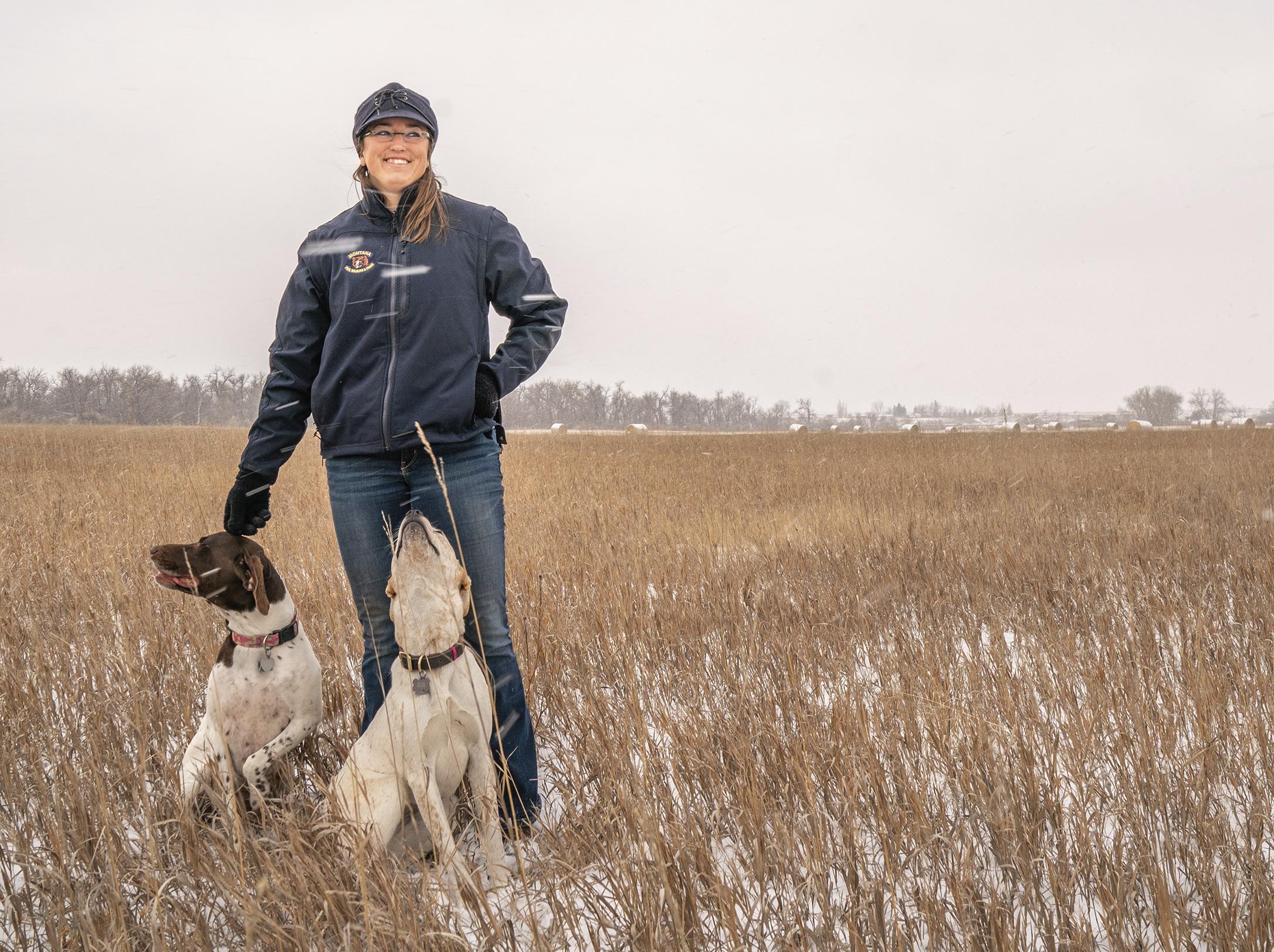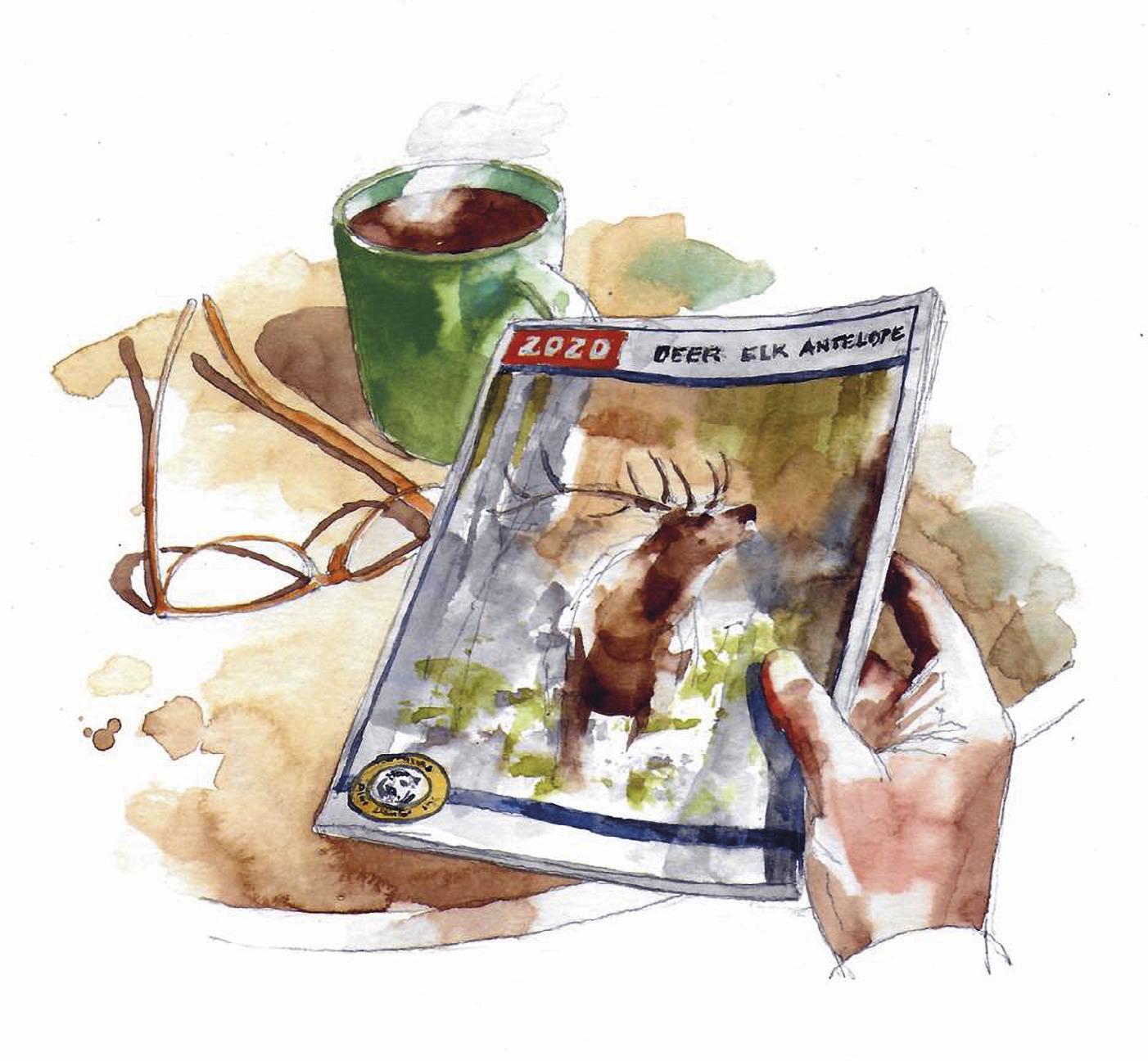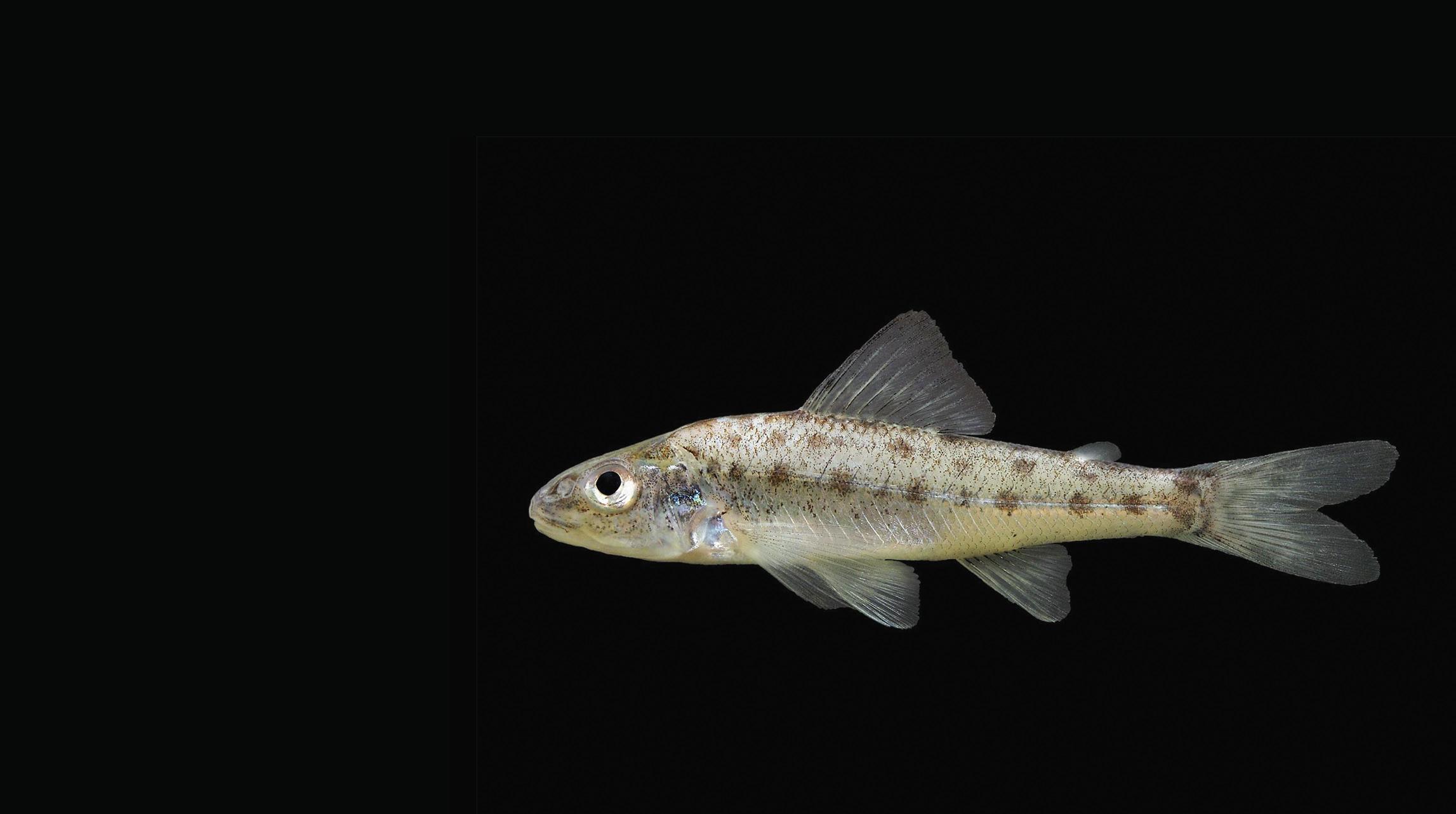
1 minute read
FWP AT WORK Melissa Foster, FWP Wildlife Biologist
PRIVATE LAND CONSERVATION PARTNER
MELISSA FOSTER
FWP Wildlife Biologist, Baker
I’VE BEEN WORKING in southeastern Montana since 2010, after earning my graduate degree and landing my first job with FWP. I love it here—the wildlife, the open space, and the great people. Roughly 75 percent of my work area is privately owned, so I spend a lot of time partnering with landowners for conservation. I really admire the landowners I work with. They are resilient and adaptable and have a strong land ethic.
One way I partner with landowners is by modifying grazing systems. FWP cost-shares fencing and stock water infrastructure so ranchers can better distribute grazing pressure. The result is healthier rangelands, better wildlife cover, and more access for hunters.
I get particularly excited working in areas that have woody draws, which contain some of the only trees on the prairie. A healthy draw typically has an overstory dominated by green ash and an understory of thick shrubs like chokecherry. Woody draws are essential winter habitat for all types of wildlife but especially mule deer. Browsing on the twigs and small saplings can make all the difference for deer trying to survive winter. They also provide critical cover for both cattle and a wide range of wildlife during winter storms.
Unfortunately, in many places young trees and shrubs aren’t surviving to replace the older ones that die out, so woody draws slowly are thinning and eventually will be lost. Woody draws are attractive to cattle during summer, offering shade, green vegetation, and scratching posts when the bugs are bad. But too many hooves and mouths can quickly damage young trees. Overabundant deer also can damage saplings, nipping off new growth and preventing them from gaining height. Adding to the trouble, most woody draws have been invaded by grasses like Kentucky bluegrass and smooth brome. The non-natives form rhizome mats that inhibit seedling establishment. Many draws now have tall older trees but almost no young ones to replace them in the future.
By adjusting grazing systems we can reduce the amount of time that cattle spend in woody draws and allow young trees time to grow. At the same time, FWP manages the doe harvest to make sure that muley numbers don’t get so high that deer start to eat themselves out of house and home.








